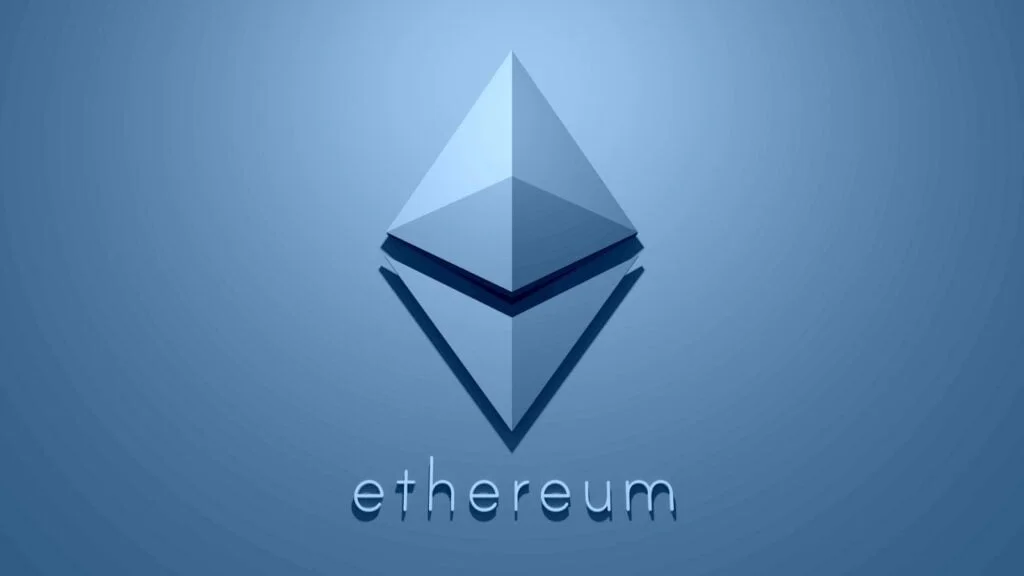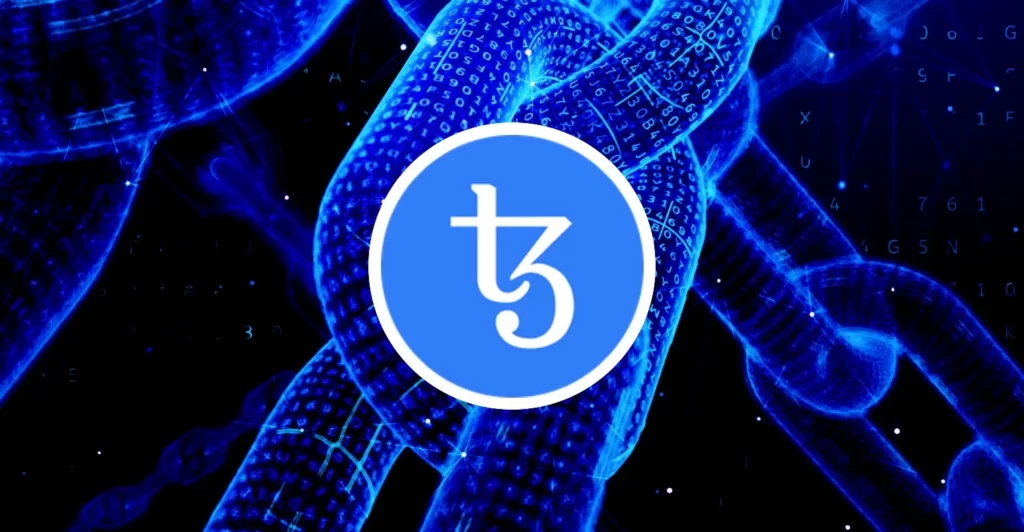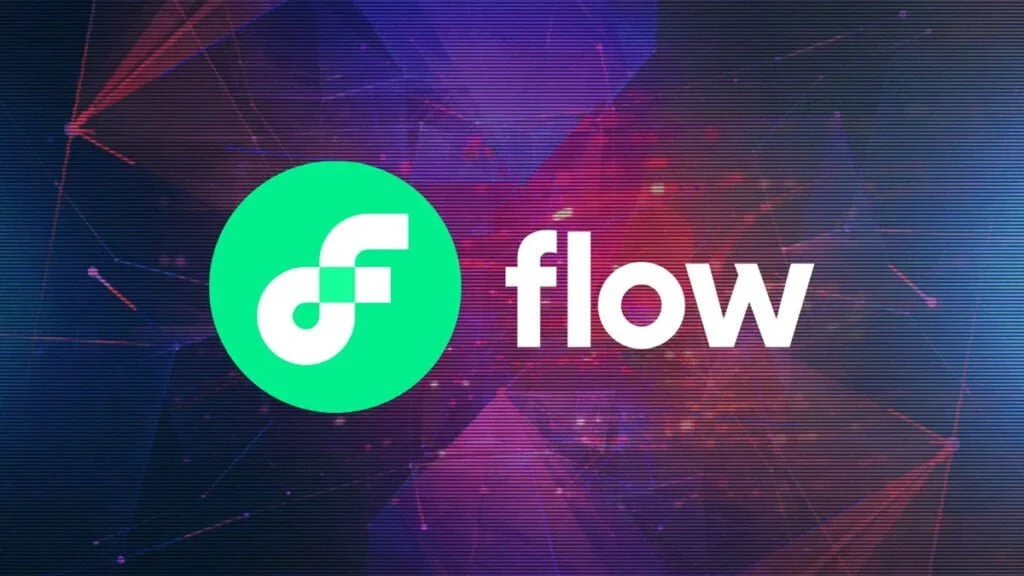There are many popular blockchains in the NFT industry, but security is a factor to consider when choosing an NFT blockchain to mint on.

Although cryptocurrencies are the most popular use of blockchain technology, the blockchain, which securely records proof of ownership, is also used by NFT.
What is an NFT?
NFTs also called non-fungible tokens are digital assets that are unique and can’t be replaced with something else. They could be art, music, in-game items, videos amongst others. The ownership of an NFT is recorded in the blockchain.
Within the NFT industry, several blockchains have grown in acceptance. However, there are some factors to take into account when deciding which blockchain to mint your NFT on. As a result, one of the first important choices an inquisitive collector must make is which blockchain is more secure to trade NFTs on.
In this article, we would discuss seven (7) secure NFT blockchains with the pros and cons of each.
Top 7 Secure NFT blockchains with pros and cons
- Ethereum
- Solana
- Tezos
- Flow
- Worldwide Asset Exchange (WAX)
- Binance Smart Chain
- Cardano
Ethereum
Ethereum is the second-largest blockchain project worldwide. It is an open-source blockchain platform that can support smart contracts, decentralized apps (dApps), tokenized assets, and decentralized financial services.

Ethereum is where the idea of non-fungible tokens originated. Ethereum developed the ERC-721 token standard for creating NFTs.
Pros
- Decentralized
- More secure
- Fully immutable platform
• Decentralized: The decentralized nature of Ethereum is one of its key advantages. Thousands of nodes located all around the world power Ethereum. This shields the network from malfunction and hacks. Therefore, the Ethereum platform is protected against censorship and centralized control.
• More Secure: The blockchain security protocols that come with Ethereum provide a very secure platform. The network secures and encrypts all of the data using a type of cryptographic hashing technique. Since hash functions cannot be reverse-engineered and constantly create new ones, hackers can’t infiltrate the network.
• Fully immutable platform: The Ethereum blockchain’s ability to provide a completely unchangeable platform is among its most valuable features. Every transaction data in the system will be preserved since no one can erase any transaction data. As a result, it maintains data integrity.
Cons
- Scalability issues
- Outrageous fees
- Difficult to learn programming language
• Scalability issues: One of Ethereum’s most critical problems is scalability. With 15 transactions per second, Ethereum is currently processing transactions slowly. However, Ethereum aims to solve this issue with the release of Ethereum 2.0. A record of 10,000 transactions per second is anticipated as the result.
• Outrageous gas fees: Ethereum gas fee has been deemed by traders and engineers as outrageous. This discourages a lot of users from using the blockchain platform.
• Difficult to learn programming language: Ethereum is Turing complete and employs a language akin to C++, Python, and Java. However, learning Solidity, the language that Ethereum was built in, may be difficult. The lack of beginner-friendly classes is one of the biggest worries.
Solana
Solana is an open-source blockchain platform established in 2017 to run scalable, decentralized apps.

It is a proof-of-stake (PoS) blockchain and also makes use of a recent innovation called Proof of History (PoH).
Pros
- High level of scalability
- Quick transactions and low fees
- Eco-friendly
• High level of Scalability: Solana has utilized the Proof of History and several other ground-breaking breakthroughs to achieve high levels of scalability.
• Quick transactions and low fees: This platform’s low transaction costs and quick transaction times are two of its main benefits for NFT enthusiasts. 50,000 Transactions per second are supported by SOL. Solana charges just one cent on average for each transaction.
• Eco-friendly: Popular cryptocurrencies are frequently blamed for having a detrimental effect on the environment. Solana’s methods, on the other hand, are far more earth-friendly.
Cons
- Not sufficiently decentralized
- Network instability
• Not sufficiently decentralized: Unlike the ETH network, which has over 200,000 validators, the Solana network currently only has 1,000. The network is more secure when there are more validators. Crypto traders and investors believe this makes the network not decentralized enough.
• Network instability: The Solana Foundation network has experienced some form of instability, which has damaged the cryptocurrency’s image. This distances SOL from its largest competitors since dependability is crucial for cryptocurrency investors.
Tezos
Tezos is a blockchain platform that supports international trade, smart contracts, decentralized applications (dApps), DeFi projects, NFTs, and the tokenization of assets (e.g, real estate).

Pros
- On-chain governance
- Self-amending blockchain
- Secure and trustworthy system
• On-chain governance: Tezos’s remarkable on-chain governance is one of its main advantages. Every Tezos token holder can vote and suggest modifications, establishing a commonwealth where all users may be heard and doing away with top-down decision-making.
• Self-amending blockchain: Tezos has automated updating, also known as self-amending, and is extremely adaptable. Its self-amending nature enables upgrades to take place without requiring the creation of two distinct blockchains.
• Secure and trustworthy system: Tezos makes use of the Michelson programming language, which provides formal verification of smart contracts. This formal verification, which is frequently employed in mission-critical environments (such as aerospace), can also stop flaws from developing in the system. Tezos offers resilience against attackers and cryptocurrency scams and is excellent for high-value use cases in terms of code correctness.
Cons
- Not decentralized and open
- Extremely volatile
• Not decentralized and open: Tezos is more akin to a “plutocracy,” which is described as “a state or society dominated by the wealthy,” because voting power is based on how much XTZ you hold.
• Extremely volatile: It is difficult to forecast what its transaction costs and speeds will be once the platform is more widely used, therefore blockchain developers view Tezos as an immature network.
Flow
Flow is a blockchain network that was created by Dapper apps to mint NFTs and support NFT marketplaces.

The network security in Flow is provided through a multi-node design and the usage of the open-source proof of stake consensus technique known as HotStuff.
Pros
- Scalability
- Low transaction fees
• Scalability: Flow was created primarily to address the issue of scalability. The multi-role, multi-node design of Flow establishes a division of labor that guarantees effectiveness and gets rid of unnecessary processing work. The prototype’s throughput was 1,000 transactions per second (TPS), and 10,000 TPS capability is their next goal.
• Low transaction fees: Flow charges two fees for each transaction, the first of which is an account setup fee of 0.001 FLOW (around $0.03), and the second of which is a transaction fee of 0.000001 FLOW.
Cons
- Extremely complex and unavailable to the majority of users
- Centralized structure
• Extremely complex and unavailable to the majority of users: One drawback of the Flow blockchain is its complexity. The network has little appeal to the core crypto audience, even though Flow was able to gain subscribers by appealing to sports lovers and collectors of athletic items.
• Centralized structure: Because of Flow’s highly centralized design, it is more difficult for significant NFT marketplaces like Opensea to emerge.
Worldwide Asset Exchange (WAX)
Worldwide Asset Exchange (WAX) is a blockchain platform designed specifically for e-Commerce through dApps (decentralized applications), NFTs, gaming, and virtual worlds.

WAX focuses on the main obstacles to the adoption of NFT. The system offers the market a decentralized substitute. The network’s adaptability makes it possible for anyone, anywhere in the world, to trade both physical and virtual goods.
Pros
- No transaction cost
- Scalability
- Energy-efficient
• No transaction cost: Starting a line of NFTs for a corporation could be costly and time-consuming. The expense of launching these digital assets is eliminated via WAX. Businesses can use the protocol to issue NFTs without making any investments in infrastructure, security, or payment processing.
• Scalability: Problems with scalability are yet another important issue that WAX aids in reducing. Scalability issues on networks like Ethereum have led to higher gas prices for customers. A DPoS consensus mechanism is used by WAX to increase scalability. Currently, the network processes around 15 million transactions every day.
• Energy-efficient: WAX’s approach is both carbon-neutral and energy-efficient, tackling this issue head-on.
Cons
- Usability problems
- Prone to code duplication
• Usability problems: A modified version of the EOS operating system, which is being used to build WAX, is a little difficult for the typical user to operate.
• Prone to code duplication: The WAX protocol’s smart contracts have several innate weaknesses. For example, “transfer” and “transfer from” functions are open to hacking and code duplication.
Binance smart chain
The Binance Smart Chain (BSC) is virtually a perfect duplicate of the Ethereum ecosystem with fewer fees and a relatively low level of decentralization.

It is a blockchain that uses smart contract functionality to execute applications on the Binance ecosystem.
Pros
- Low transaction costs
- Faster adoption rate
- Language accessibility
• Low transaction costs: This chain’s major benefit is how inexpensive transactions on BSC are. The main motivator for developers and consumers to switch from Ethereum and other smart blockchains to the BSC is the low cost of transactions and on-chain activities. The identical transaction on Ethereum might cost more than 1,000 times as much as it would on BSC during periods of significant network congestion.
• Faster adoption rate: DApps built on Ethereum can easily convert to BSC because it is a replica of Ethereum and compatible with the EVM. The switch is very simple thanks to the numerous cross-chain bridges offered by Binance and other third parties.
• Language accessibility: The Binance Smart Chain websites typically support multiple languages. For instance, the Binance UI is available in 16 different languages. Just one less language is supported by PancakeSwap, the most widely used BSC application. This makes adoption easier for audiences that don’t speak English well.
Cons
- Centralized
- Dependent on the Ethereum developer community
• Centralized: On the other hand, BSC is mostly centralized. It made use of PoSA (Proof of Staked Authority) mining, which requires 21 validators to keep the chain operational. The majority of the top validators on the Binance Chain are directly or indirectly owned by Binance. Systems failures, attacks, regulatory compliance mandates, and even hacks are more likely to occur with centralized systems.
• Dependent on the Ethereum developer community: Binance Smart Chain’s dependence on the Ethereum developer community, has led to less innovation taking place on BSC. New features are often released first on Ethereum before being made available on BSC.
Cardano
Cardano is one of the first open-source and peer-reviewed networks in existence and a decentralized public blockchain-based platform.

Pros
- Scalability
- Secure and decentralized
• Scalability: Cardano ensures rapid transactions and infinite scalability by integrating a compute layer and a settlement layer. It can scale horizontally thanks to its Ouroboros Hydra technology, making it more scalable than Ethereum.
• Secure and decentralized: Cardano’s decentralization places control over block generation in the hands of the network’s stake pool operators. By diversifying block production, the Cardano network is also made more secure as the likelihood of a 51% attack is reduced. Cardano is a proof-of-stake protocol that guarantees safety that has been mathematically demonstrated.
Cons
- Voting system
- Early stage of development
• Voting system: Cardano’s voting system enables token holders to decide how the blockchain will develop in the future. In some libraries, token holders could vote on whether or not to incorporate requested changes and enhancements.
• Early stage of development: Despite being referred to as the “academic blockchain,” Cardano is still in the early stages of development and is currently evolving slowly. Although the ADA token has been in development for a long time and has undergone considerable research and marketing, it has only just begun. Its future potential determines its existing worth.
Conclusion
Although each of these NFT blockchains has its pros and cons, these NFTs blockchains have consistently demonstrated potential and growth.
They are considered secure by many investors. However, as an investor, your best course of action is to figure out which platform will work best for you.
